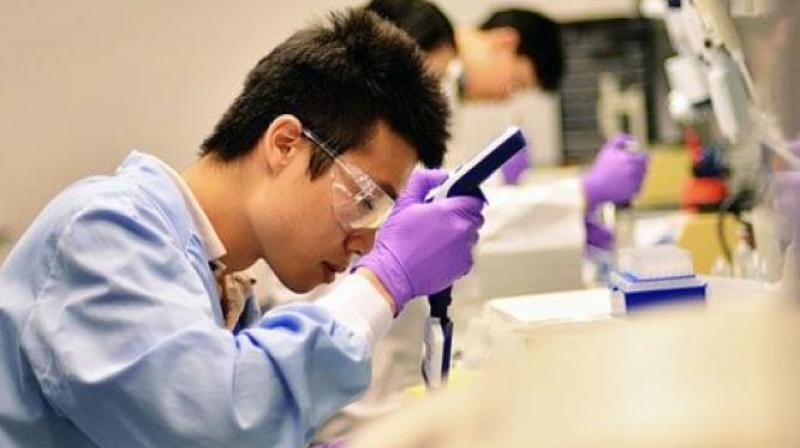Old microbes hold key to life
Scientists study DNA of microbes found in ancient caves; hopeful of getting hints on climate change.

TIRUPATI: Microorganisms that were extracted from caves in India dating back at least 50,000 years — including the Borra cave system in Visakhapatnam — have turned out to be crucial in understanding life on planet Earth. Scientists have now determined that they can be used as bio-markers to study life here, and beyond. A pair of geologists and a microbiologist from Hisar in Haryana explored several major caves in the country and extracted DNA of the microbes from the mineral deposits and water found deep inside the natural pits.
According to the scientists, these microbes can also unravel the geo-microbiological dynamics around climatic change too. The scientists — Ramanathan Baskar and Dr Sushmita Baskar — claim to have found significant results from the cave microbes.. “There is a link between the microbes and the processes that shaped Earth. India has around 1,545 caves and so far, no detailed systematic studies have been conducted on their microbiological aspects. Nasa had said the bio-signatures in these caves can be used to study the life aspects on other planets,” Dr Baskar said, while speaking the at the 104th Indian Science Congress.
The findings of the couple would lead to the study of bio-calcification in the rocks. “We have studied the Borra caves in Vishakapatnam, which uncovered various pieces of evidence for the possible biologically-induced mineralisation in iron mats associated with a pH-neutral spring in the Borra caves,” Dr Baskar said. He added: “Analysis of the 16S rRNA gene diversity revealed that microorganisms are assigned to eight different phyla with Proteo-bacteria. Betaproteo-bacteria was the predominant class, which accounted for 28 per cent of the sequences.
Leptot-hrix, Siderooxidans, Crenothrix, and many uncultured Betaproteobacteria have been found. Understanding biogenic ironoxides in caves is also important for astrobiological applications as it provides a potential tool for the detection of extraterrestrial life.” They also found biogenic evidences of Moon-milk deposits in the Krem Mawmluh Cave, Meghalaya.
